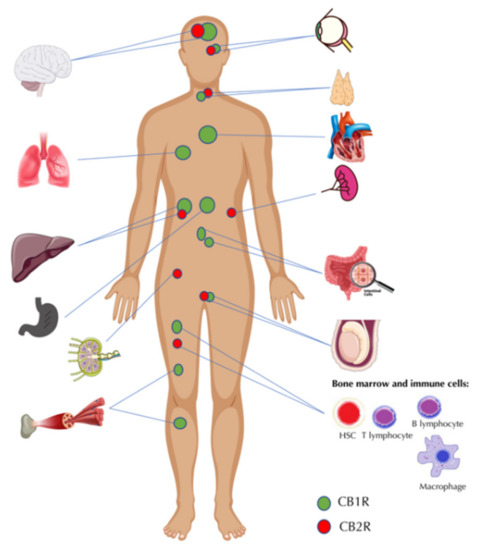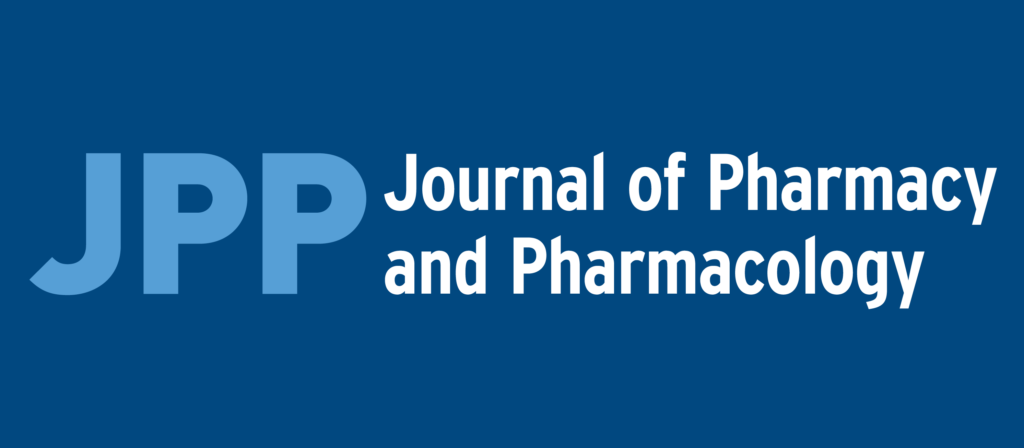
“Non-Alcoholic Steatohepatitis (NASH) is the progressive form of Non-Alcoholic Fatty Liver Disease (NAFLD). NASH is distinguished by severe hepatic fibrosis and inflammation. The plant-derived, non-psychotropic compound cannabigerol (CBG) has potential anti-inflammatory effects similar to other cannabinoids. However, the impact of CBG on NASH pathology is still unknown. This study demonstrated the therapeutic potential of CBG in reducing hepatic steatosis, fibrosis, and inflammation.
Methods: 8-week-old C57BL/6 male mice were fed with methionine/choline deficient (MCD) diet or control (CTR) diets for five weeks. At the beginning of week 4, mice were divided into three sub-groups and injected with either a vehicle, a low or high dose of CBG for two weeks. Overall health of the mice, Hepatic steatosis, fibrosis, and inflammation were evaluated.
Results: Increased liver-to-body weight ratio was observed in mice fed with MCD diet, while a low dose of CBG treatment rescued the liver-to-body weight ratio. Hepatic ballooning and leukocyte infiltration were decreased in MCD mice with a low dose of CBG treatment, whereas the CBG treatment did not change the hepatic steatosis. The high dose CBG administration increased inflammation and fibrosis. Similarly, the expression of cannabinoid receptor (CB)1 and CB2 showed decreased expression with the low CBG dose but not with the high CBG dose intervention in the MCD group and were co-localized with mast cells. Additionally, the decreased mast cells were accompanied by decreased expression of transforming growth factor (TGF)-β1.
Conclusions: Collectively, the low dose of CBG alleviated hepatic fibrosis and inflammation in MCD-induced NASH, however, the high dose of CBG treatment showed enhanced liver damage when compared to MCD only group. These results will provide pre-clinical data to guide future intervention studies in humans addressing the potential uses of CBG for inflammatory liver pathologies, as well as open the door for further investigation into systemic inflammatory pathologies.”
https://pubmed.ncbi.nlm.nih.gov/36615835/
“In conclusion, this study provides initial findings and a foundation for future studies on the efficacy of CBG on NASH.”







